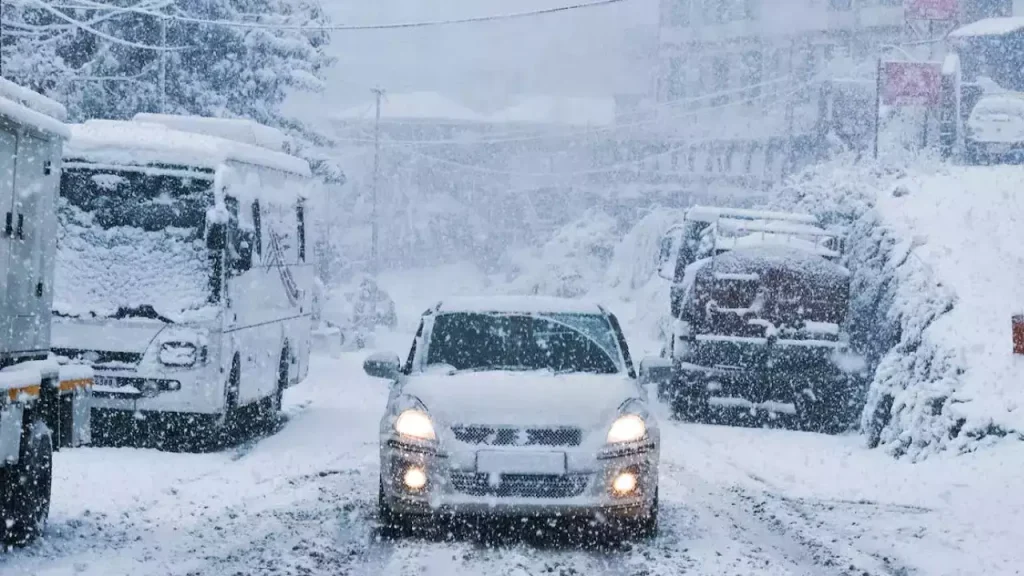As the winter season intensifies, it’s essential to ensure your vehicle is ready to face the harsh weather conditions. Preventive car maintenance during winter can save you from unexpected breakdowns and keep your car running smoothly until spring. Here’s a comprehensive guide to winter car care, with tips to help you stay safe on the road.
Essential Vehicle Maintenance for Winter
The Wisconsin Department of Transportation (WisDOT) advises vehicle owners to take the following steps to prepare their cars for winter:
- Check Your Tires
- Inspect tire tread and ensure it provides adequate traction for icy and snowy roads.
- Keep tires properly inflated to maintain optimal performance. Cold weather can cause tire pressure to drop, so check it regularly.
- Inspect the Battery
- Cold temperatures can reduce your battery’s efficiency. Have it tested to ensure it has enough power to handle winter conditions.
- Check Anti-Freeze and Cooling Systems
- Make sure your car’s coolant levels are sufficient, and the cooling system is functioning properly to prevent freezing.
- Replace Worn Windshield Wipers
- Wipers are crucial for maintaining visibility during snow and rain. Replace them if they are worn and top off the washer fluid with a winter-grade solution to prevent freezing.
- Verify Lights
- Ensure all headlights, taillights, and turn signals are working correctly to improve visibility for you and other drivers.
- Keep the Fuel Tank Half-Full
- Keeping your tank at least half-full helps prevent the fuel lines from freezing and ensures you have enough fuel if you get stranded.
- Clear Snow and Ice
- Before driving, clear snow and ice from all windows, the hood, and the roof of your vehicle to improve visibility and safety.
- Schedule a Mechanic Visit
- A full inspection by a professional mechanic can help identify and address any potential issues before they become problems.
Prepare an Emergency Kit
An emergency kit is essential for winter driving. The Wisconsin Division of Transportation recommends keeping the following items in your car, preferably in the back seat, in case the trunk becomes inaccessible:
- Blankets or sleeping bags
- Extra hats, warm socks, gloves, and mittens
- Flashlights with spare batteries
- A first-aid kit
- Booster cables and a windshield scraper/brush
- Drinking water and non-perishable, high-calorie food such as protein bars or trail mix
- Sand or cat litter to provide traction if your car gets stuck
- A cell phone charger or adapter
Before Hitting the Road
Check the latest road conditions and weather updates before you drive. WisDOT provides a winter weather conditions website with real-time updates to help you plan your route.
What to Do If You Get Stranded
If you find yourself stranded in your vehicle, stay calm and follow these safety tips:
- Stay in Your Vehicle
- Your car provides protection from the elements and acts as a barrier against other vehicles that may slide out of control on icy roads.
- Call for Help
- If possible, call 911 and provide a detailed description of your location and situation.
- Avoid Overexertion
- Do not attempt to shovel snow or push your car. Overexertion in cold weather can be dangerous.
- Run the Engine Safely
- If you need to run your car to stay warm, do so for short periods. Make sure the exhaust pipe is clear of snow to prevent carbon monoxide buildup inside the vehicle.
- Turn on Your Dome Light
- Keeping the dome light on during low-light conditions can make it easier for rescue teams to locate you.
The Importance of Preparation
Chris Verhyen, a communications specialist with WisDOT, emphasizes the importance of preparing your vehicle for winter. “A little preparation can go a long way in ensuring your safety and preventing breakdowns,” he says.
By taking the time to winterize your vehicle and prepare for emergencies, you can reduce the risks associated with driving in freezing temperatures.
Final Thoughts
Winter driving requires extra care and preparation. Regular maintenance, emergency readiness, and safe driving habits can make a significant difference in ensuring your safety on the road. Whether it’s keeping your tires in good condition or having an emergency kit ready, these small steps can save you from major inconveniences during the winter months.
Disclaimer – Our editorial team has thoroughly fact-checked this article to ensure its accuracy and eliminate any potential misinformation. We are dedicated to upholding the highest standards of integrity in our content.





More Stories
How to Winterize Your Car: A Complete Guide for Freezing Temperatures
How to Winterize Your Car: A Complete Guide for Freezing Temperatures
How to Winterize Your Car: A Complete Guide for Freezing Temperatures